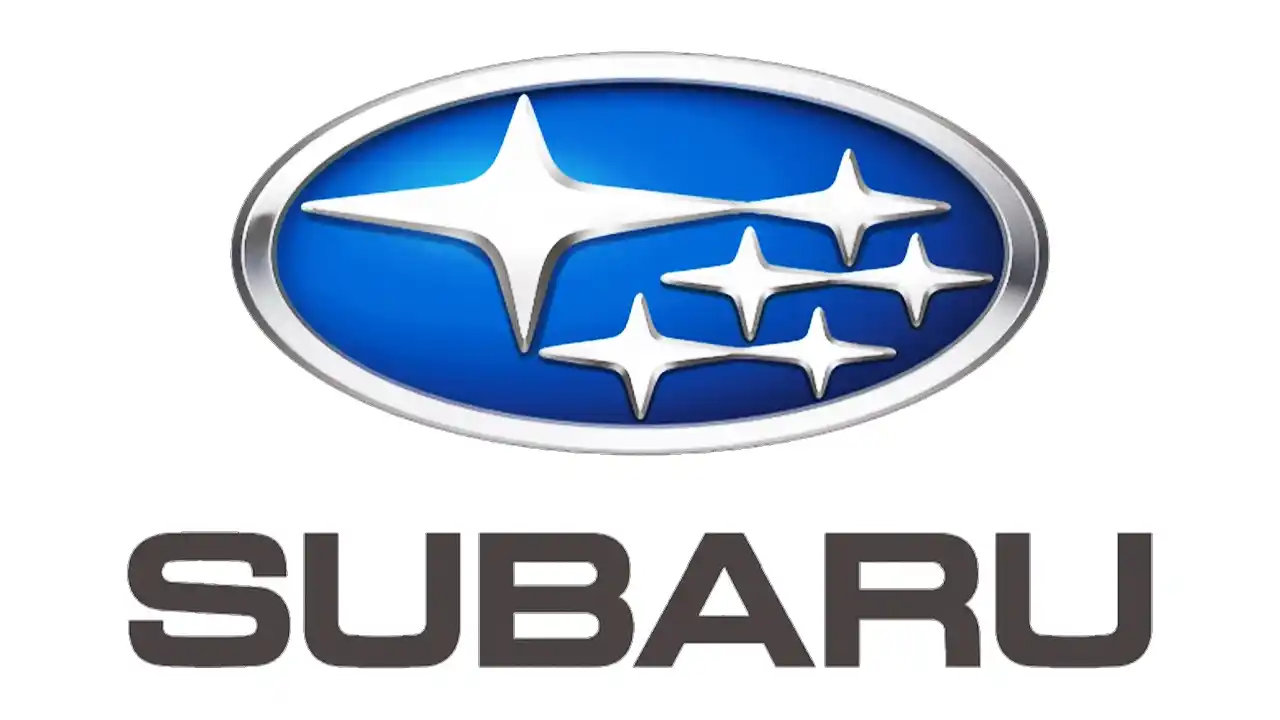Home »
In the realm of automotive brands, Subaru occupies a peculiar position. While it has cultivated a dedicated following among some demographics, its fame remains somewhat limited compared to other automotive giants like Toyota, Honda, or Ford. This phenomenon piques interest and calls for more investigation into the elements that led to Subaru’s comparatively low profile in the general automotive public consciousness.
Why Subaru is not as Famous as Other Brands?
Subaru operates on a smaller scale and targets a specialized market, which is the main reason it is not as well-known as some other automakers. In contrast to industry heavyweights like Ford and Toyota, Subaru has carved out a place for itself by providing a selection that is dominated by all-wheel-drive vehicles. This appeals to customers who live in areas with severe weather. Subaru also has a more subdued brand presence since its marketing has always been focused and low-key rather than trying to appeal to everyone.
Historical Context
Subaru’s journey into the automotive world began in the 1950s under the shadow of Japan’s post-war reconstruction. The company began by concentrating on building aircraft for the Japanese military, but in the late 1950s, it started making cars. Early Subaru’s history was characterized by innovation, especially with the launch of the Subaru 360, a small vehicle that was essential to creating the brand’s identity.
Niche Appeal vs. Mainstream Recognition
Subaru’s marketing strategy and product offerings have contributed significantly to its niche appeal rather than widespread recognition. Subaru targeted particular market niches, such as outdoor lovers, adventure seekers, and ecologically aware consumers. This deliberate focus on niche markets, while successful in cultivating a loyal customer base, has somewhat constrained Subaru’s broader appeal.
Brand Perception and Image
A significant factor in influencing a company’s notoriety and reputation is its brand perception. While Subaru has built a reputation for reliability, safety, and durability, its image lacks the aspirational qualities often associated with more prominent automotive brands. Subaru has a reputation for being more functional and practical than luxury automakers, who place more emphasis on exclusivity and distinction. It may not be as appealing to general consumers.
Limited Marketing Reach
Another factor contributing to Subaru’s limited fame is its comparatively modest marketing efforts. While larger automakers allocate substantial budgets to aggressive advertising campaigns and high-profile sponsorships, Subaru has traditionally maintained a more conservative marketing approach. While this strategy may align with the brand’s understated image, it also means fewer opportunities for widespread brand exposure and recognition.
Product Line and Innovation
Subaru’s product line, while diverse, has not always mirrored the trends dominating the automotive industry. While competitors raced to introduce flashy SUVs and luxury sedans, Subaru remained committed to its core offerings, such as the Forester, Outback, and Impreza. While these vehicles have garnered praise for their reliability and performance, they may lack the wow factor that captures the attention of mainstream consumers.
- Audi GT50 Concept: A Loud Reminder of Why Car Enthusiasts Fell in Love With Audi
- Nearly 30% of UK Drivers Believe Car Tax Should Be Based on Mileage — Survey
- Why Planes and Boats Escaped the Luxury Tax But Cars Didn’t
- Australia’s Headlight Confusion: Authorities Warn Drivers After Viral $250 Headlight Rule Goes Wild Online
- 2025 Hyundai Venue Facelift Launched in India – Full Details, Variants, and Price
Regional Focus and Global Expansion
Subaru’s fame, or lack thereof, varies significantly across different regions and markets. While the brand enjoys a cult-like following in certain areas, particularly in regions with rugged terrain and inclement weather conditions, its presence remains relatively subdued in others. This regional disparity in brand recognition reflects Subaru’s selective approach to global expansion and marketing, focusing resources where the brand’s values and offerings resonate most strongly.
The Impact of External Factors
External factors, including economic conditions, regulatory changes, and technological advancements, also influence Subaru’s fame and visibility. Economic downturns, for instance, can dampen consumer spending and affect purchasing decisions, impacting Subaru’s sales and market perception. Similarly, shifts in consumer preferences towards electric vehicles and sustainability pose challenges and opportunities for Subaru as it navigates an evolving automotive landscape.
In conclusion, Subaru’s limited fame is a multifaceted phenomenon shaped by its niche appeal, brand perception, marketing strategies, product offerings, regional focus, and external influences. While the brand may not enjoy the same level of mainstream recognition as its competitors, its unique identity and loyal customer base attest to its enduring appeal within specific market segments. As Subaru continues to evolve and adapt to changing market dynamics, its enigmatic status serves as a testament to the complexities of brand recognition and the diverse preferences of consumers worldwide.
